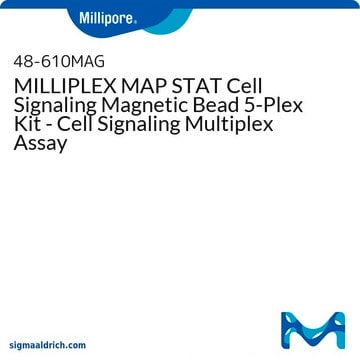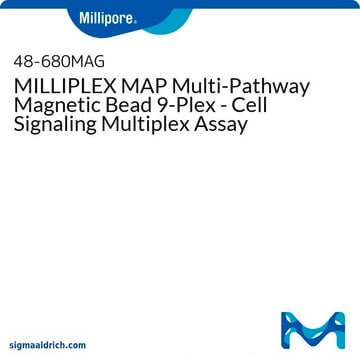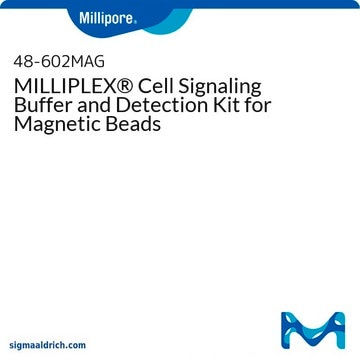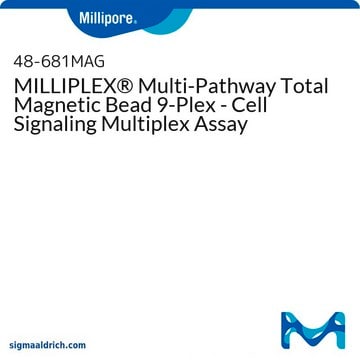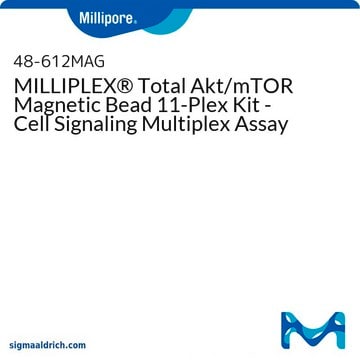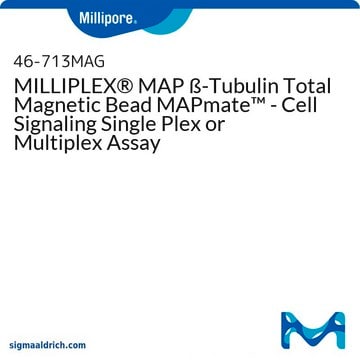The protocol for sample preparation in the Milliplex Cell Signaling assays has been developed by the R&D team specifically for a custom assay. It is important to note that this protocol has not been tested in all Cell Signaling panels, so volumes and concentrations may need to be optimized for individual studies.
Here is a short protocol for PBMC cell lysis:
1. If PBMC cells are frozen, it is recommended to allow cells to recover for 24 hours in complete media as less than 24 hours of recovery can lead to a decrease in signal.
2. After 24 hours of recovery, count the cells using an appropriate cell counter.
3. Pellet the PBMC cells at 1000 x g using a tabletop centrifuge for 5 minutes at room temperature.
4. Remove the supernatant and wash the cells with PBS.
5. Pellet the PBMC cells again at 1000 x g using a tabletop centrifuge for 5 minutes at room temperature.
6. Add 10uL of Lysis Buffer (with 2x concentrated protease inhibitors added just prior to use) per 1-2 million cells.
7. Gently vortex for 30 seconds before transferring the cell lysate into a centrifuge tube.
8. Gently rock the cell lysate for 10 minutes at 4°C.
9. Pellet unbroken cells and organelles at 12,000 x g for 10 minutes at 4°C.
10. Transfer the clear supernatant into a new centrifuge tube.
11. It is recommended, at least for the first time, to determine the total protein concentration. If not, then it is recommended to run a lysate titration starting at 10uL sample + 15uL of Assay Buffer 1 and performing a 1:1 serial dilution in Assay Buffer 1.
For the Custom assay, the optimal total protein concentration was found to be 2 to 6 mg/mL. Additionally, it was determined that 10uL of Lysis Buffer per 1 million PBMC cells yields approximately 2 mg/mL, and adding 10uL of this 2mg/mL sample plus 15uL of Assay Buffer yielded good results. It is advised not to dilute samples in Lysis Buffer; rather, dilute in Assay Buffer 1, which lacks strong detergents. If needed, the amount of Lysis Buffer per PBMC cells can be adjusted, for example, by increasing it to 10uL of Lysis Buffer per 2 million PBMC cells.
